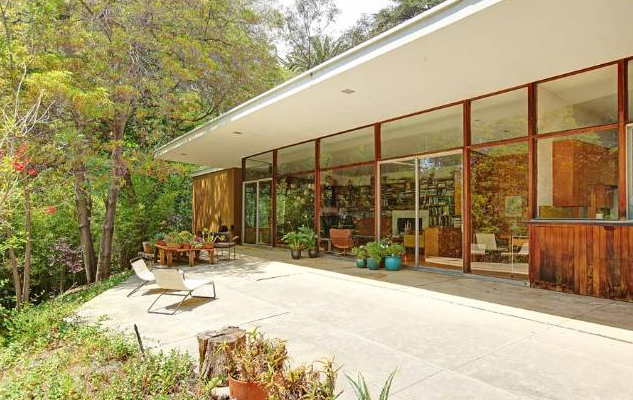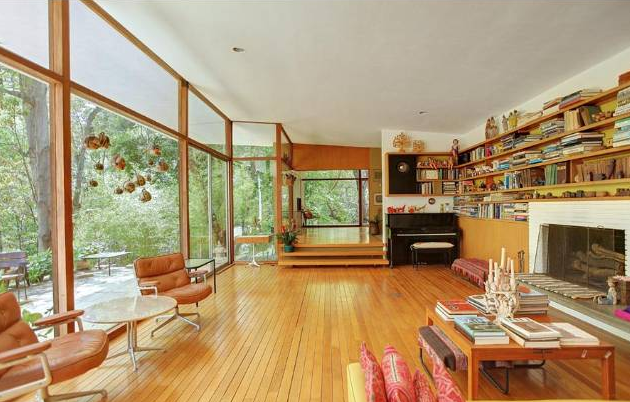Originally Published: August 2014
Updated: March 2025
Category: Historic + Architectural Homes | Trousdale Estates
In the early 2010s, Trousdale Estates became the epicenter of a quiet storm—one where new wealth and architectural ambition collided with preservation and neighborhood identity.
By 2014, the demand for panoramic views and trophy homes had triggered a new building boom in Beverly Hills’ most iconic hillside enclave. Properties were being purchased for land value, original mid-century homes were disappearing, and ultra-modern estates were rising in their place. It was a transformative era—but not without tension.
🚧 The City Steps In: 2014 Construction Pause
After receiving an influx of resident complaints and safety concerns, the City of Beverly Hills temporarily paused construction activity in Trousdale Estates. What followed was a formal review and rollout of stricter regulations designed to protect both the community and its infrastructure.
⚖️ Key Regulations Introduced in 2014:
Heavy Equipment Certification: Construction vehicles had to meet specific criteria and undergo additional inspections.
Traffic & Routing Restrictions: Trucks could only access the neighborhood during designated hours via designated routes.
Parking Enforcement: On-street construction parking was limited to preserve neighborhood access.
Neighborhood Notifications: Homeowners had to be informed of disruptive activity in advance.
📄 View the original Trousdale Construction Measures PDF
🧭 Why It Still Matters in 2025
Many of today’s $30M+ homes in Trousdale Estates were built—or rebuilt—during this era. Some replaced mid-century homes by architects like Wallace Neff, Paul R. Williams, or Harold Levitt. Others integrated original structures into striking contemporary compounds.
This moment in 2014 marked a shift in how Beverly Hills approached hillside development, preservation, and the future of one of its most storied neighborhoods.
Want to see how the neighborhood has evolved? Don’t miss our companion post:
Trousdale Estates in 2025 →
🗂️ Editorial Note
This article was originally posted in 2014 and has been updated to reflect changes in policy, architectural context, and today’s market.





